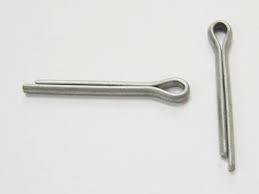hi guys
i decided to start this thread to educate myself firstly, and those to follow regarding this topic.
can you guys please post what you know about the wire youve used.
things like, which gauge, flexibility, heating time etc etc
post as much info you have on the wire.
i decided to start this thread to educate myself firstly, and those to follow regarding this topic.
can you guys please post what you know about the wire youve used.
things like, which gauge, flexibility, heating time etc etc
post as much info you have on the wire.








